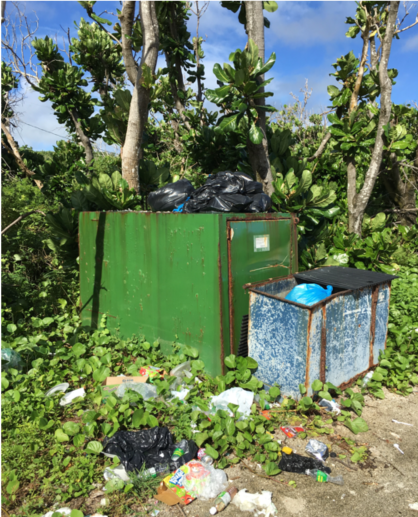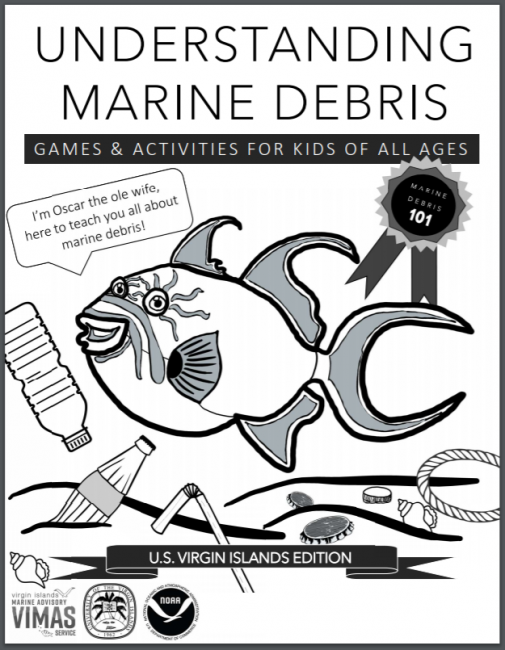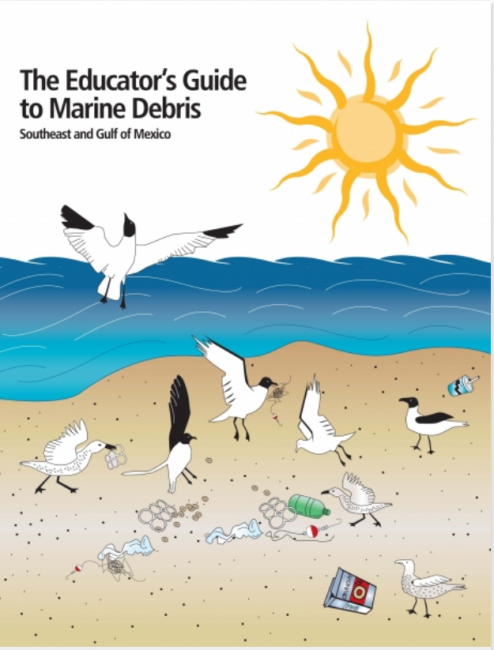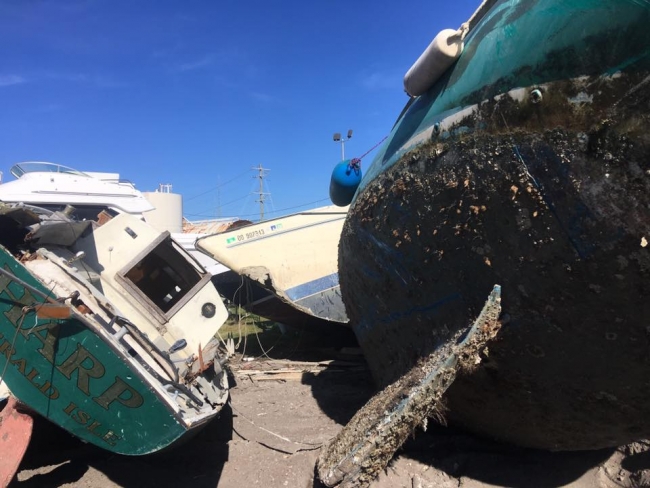Marine debris is a constant and challenging threat to communities all over the world. It can travel on currents across the ocean, reach remote shorelines where very few people live, and cause major problems for both people and wildlife. No matter where you live, it's important for us all to understand the problem. Marine debris is created by people, which means we can also be the solution.
As students and teachers prepare for a new year of learning, we are sharing educational marine debris resources that highlight the problem in different locations and different languages.
Workbooks
Understanding Marine Debris - This popular assortment of puzzles, brain-teasers and coloring activities helps children understand the problem of marine debris while having fun at the same time. This workbook is suitable for all ages and has been adapted for use in both the U.S Virgin Islands and for Thai language audiences.
Makani: The Albatross that Cares for the Land, Makani Ka Mōlī Mālama ‘Āina - This dual language workbook, created by the Papahānaumokuākea Marine National Monument, engages readers through the eyes of a Laysan Albatross named Makani. Learn about Hawaiian wildlife, culture, navigation, and natural resource management in both English and Hawaiian. This place-based workbook includes information on marine debris, a beach survey form, and a worksheet that compares modern objects with their sustainable, traditional Hawaiian counterparts.
Presentations and Videos
Talking Trash - Marine Debris in Alaska - When you think of Alaska, you may think of bears, snow-capped peaks, and stunning glaciers (or just "home"). You can find all of this in Alaska, but also a whole lot of marine debris from all over the Pacific Ocean. The same things that make Alaska amazing - remote locations, rugged shorelines, and sheer size - also makes debris work different and requires innovative and creative ideas. Join our Alaska Regional Coordinator, Peter Murphy, as he talks about what people are doing to clean up and protect the Last Frontier. Best for grades 2-6, but all ages will enjoy.

Growing and Strengthening a Culture of Recycling to Reduce Marine Debris in Saipan - As part of a project supported by a NOAA Marine Debris Program removal grant to expand local waste management infrastructure by installing mixed-waste and recycling bins on the island of Saipan, the Mariana Islands Nature Alliance produced marine debris educational videos. These videos explain the issue of marine debris, include a hands-on activity, and are available in English, as well as Chamorro and Carolinian, the two indigenous languages of the Commonwealth of the Northern Mariana Islands.
Curricula and Education Guides
An Educator’s Guide to Marine Debris - This guide can be used as a stand-alone teaching tool or to supplement lessons for educators in both formal and informal settings. Available in both Spanish and English, it is appropriate for students in grades K-12 and has a focus on STEM (Science, Technology, Engineering, Mathematics) objectives. This guide is based on “Turning the Tide on Trash: A Learning Guide on Marine Debris,” a special issue of the Post and Courier that was created, originally in 2007 and since revised by the North American Marine Environment Protection Association through the support of a NOAA Marine Debris Program grant. It is best for grades 5-8.
Educator's Guide to Marine Debris in the Southeast and Gulf of Mexico - Also based on the “Turning the Tide on Trash: A Learning Guide on Marine Debris,” this guide is a regional introduction to three categories of marine debris in the Southeast and Gulf of Mexico: litter; derelict or abandoned boats; and lost or abandoned commercial and recreational fishing gear. This guide is designed for both formal and informal educators.
Traveling Through Trash Program Activities Guide - The University of North Carolina Wilmington MarineQuest, with the support of a NOAA Marine Debris Program prevention grant, worked to educate rural students in North Carolina about the impacts of marine debris through their Traveling Through Trash (3T) program.The coastal waters of North Carolina lie along a major migration corridor for marine species and the 3T program highlights the negative impacts marine debris can have on migrating animals. The project aims to increase students’ self-awareness of how their own lifestyle choices and behaviors contribute to the creation of land-based litter that can become marine debris, and to encourage students to take action to prevent the problem.
Whether you call it desechos marinos, ‘ōpala kai, or marine debris, we have resources for your classroom! We hope that these curricula and resources help you learn about new places, while gaining new knowledge about marine debris and the different ways we can all do our part to prevent it.





Please notify me of new content.